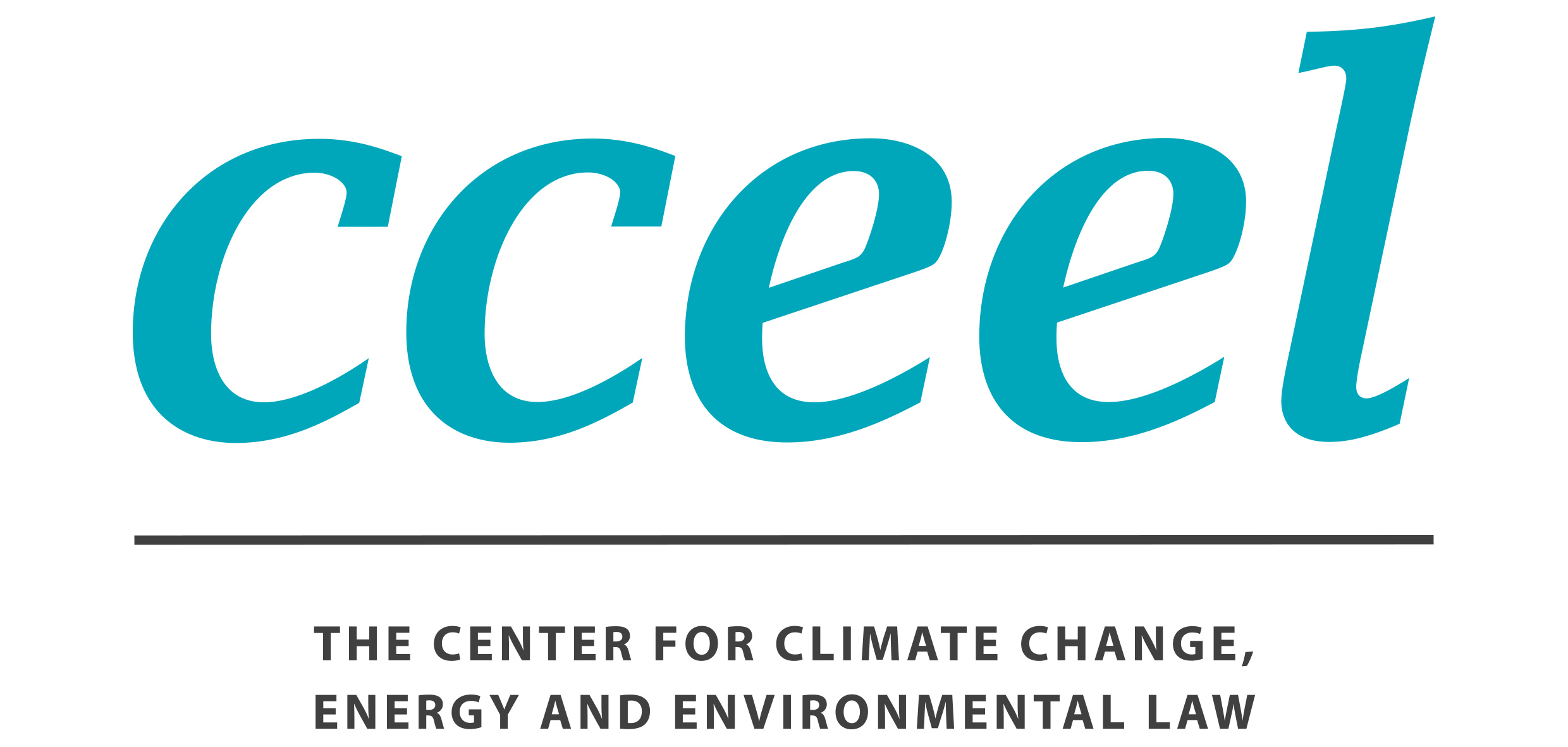Better than best available: does environmental permitting spur environmental innovations in Finland?

Photo by Matt Ridley on Unsplash
Mirella Miettinen and Saara Österberg
In Finland, two recent cases from the minerals sector – Dragon Mining Ltd and Batteries Materials Finland Ltd – have indicated that there are ambiguities in the requirement for the best available technique (BAT) in the environmental permitting process. Dragon Mining operated a gold mine in Orivesi, where quarrying had already started in 1994 by another operator. Batteries Materials Finland aims to open a new battery materials plant in Harjavalta. Both companies have had challenges to describe the best available sulphate removal technology for waste waters. It seems to be unclear for the applicants of an environmental permit, what qualifies as an appropriate technological level to be used in the planned operation. In addition, environmental authorities do not sufficiently communicate with the applicants on the case-specific critical factors and consequent technological requirements.
Clarification of the appropriate technological level by the application of Technology Readiness Level – an approach that was originally developed by NASA – could improve the predictability of technological requirements in environmental permitting. Furthermore, the role of quality interaction between applicants and authorities from the beginning of the environmental permitting process plays an important role in spurring the uptake and diffusion of environmental innovations.
The role of environmental permitting in industrial projects
From the perspective of environmental technology R&D, the role of environmental permitting is essential in industrial projects. The applicant of environmental permit is obliged to present technological solutions to fulfil the requirements of BAT. The time horizon for an R&D project from preliminary surveys to a workable, operational technology can be years, depending on the site specific and environmental conditions. These, for example in the mining industry, may include the geology of the mineral deposit and ecologically vulnerable local ecosystems, as well as rainfall and other environmental conditions. That is why the predictability of requirements for technology is critical from an industry perspective. The long-term anticipation of developing regulatory requirements is an important, though difficult, part of industrial project management.
The adequacy and challenges of BAT – Finnish case examples
In our recent article, we analysed the adequacy and challenges of BAT, utilizing case examples from minerals sector in Finland. The knowledge about the environmental impact of sulphate water emissions have increased in Finland in the last decade. The reinforced role of the environmental objectives of the European Union’s Water Framework Directive has only highlighted the requirements to adequately assess the impact on the achievement of good water status. Mining industry is water-intensive, and the relation between the BAT and the Water Framework Directive can be problematic. The adequacy of technical solutions may be questioned.
This is exactly what has happened in the cases of Dragon Mining Ltd and Battery Materials Finland Ltd. The environmental permit of Orivesi gold mine was denied because of the lack of appropriate sulphate removal technology. The environmental permit of Battery Materials Finland Ltd battery materials plant was returned to the environmental authority partly for the same reason. The court stated that when the significance of the pollution cannot be adequately assessed in the permitting process, other conditions, such as BAT and the obligation to prevent and control pollution, shall be emphasised in the assessment of permit conditions.
Asymmetries hamper innovations
Today, environmental permitting of, for example, mining industry is a time-consuming process. The challenges in the evaluation of impacts on the aquatic environment and the question of the adequacy of the technology are not the only but still notable reasons for that. Two types of asymmetries – institutional asymmetry and information asymmetry – have been recognized to cause challenges in the evaluation of technology in environmental permitting. In simple words: in the former case, the authority has more information about the case-by-case critical factors and in the latter case, the applicant has more information about the technological possibilities for a project.
Given the importance of predictability of technological requirements, we propose describing the technological solutions in the permit application using the Technology Readiness Level – classification. The Technology Readiness Level – classification has been used for decades in technology development work to structure the progress of the innovation process. Pilot-level development work cannot fulfil the requirements of BAT-technology which has sometimes been unclear for applicants in Finland.
“Our proposal is to apply Technology Readiness Level – classification in environmental permitting.”
Innovation-friendly regulation calls for both substantive and structural solutions and the management of social environment
The effect of substantive and structural solutions on innovation, listed in the European Commission’s Better Regulation Toolbox Tool #21, could also be considered in environmental permitting. As stated above, predictability of regulation is important, because the innovation process is characterised by the uncertainty of outcomes and a long-term horizon. Too much uncertainty can discourage development, but at the same time too much certainty does not create an incentive to develop new innovations to meet regulatory requirements. Operational flexibility, which refers to the freedom that operators have in choosing the means to meet the requirements of the law, is another essential structural element. Outcome-based regulatory strategy allows the operator to consider changes in circumstances and technological developments. In addition, to encourage continuous technology development, regulation of the outcome must be sufficiently stringent without imposing unreasonable costs on operators.
The timetable for implementation is especially important. Ambitious, outcome-oriented regulatory objectives can encourage the development of even radical innovations instead of incremental ones, if regulation is predictable and takes into account the time horizon for innovation projects.
“It is a balance between flexibility, stringency and predictability that allows innovation to develop.”
Regulatory theory is also interested in guiding behaviour between the regulator and the regulated. This brings into focus the actual relationships between the different actors, for example knowledge mismatch, and their impact on problem-solving.
The innovation principle can guide the behaviour of different actors in their relations with each other and, as a result, converge views on appropriate or necessary technological solutions.
Threat to investments to Finland?
The Battery Materials Finland Ltd case has resulted in yet another public discussion about industrial investment environment in Finland. An editorial at Kauppalehti – a Finnish business media outlet – stated that “Finland’s reputation as an investment country at risk of erosion” and wondered how this had happened again. We argue that this is largely due to a lack of quality interaction between industry and regulators. Our analysis shows that an open and high-quality interaction between different actors from early stages of the environmental permitting process plays an important role in building consensus on technological solutions and technology development work that may be required. Each actor must take its share of responsibility for creating an innovation-friendly regulatory environment.
